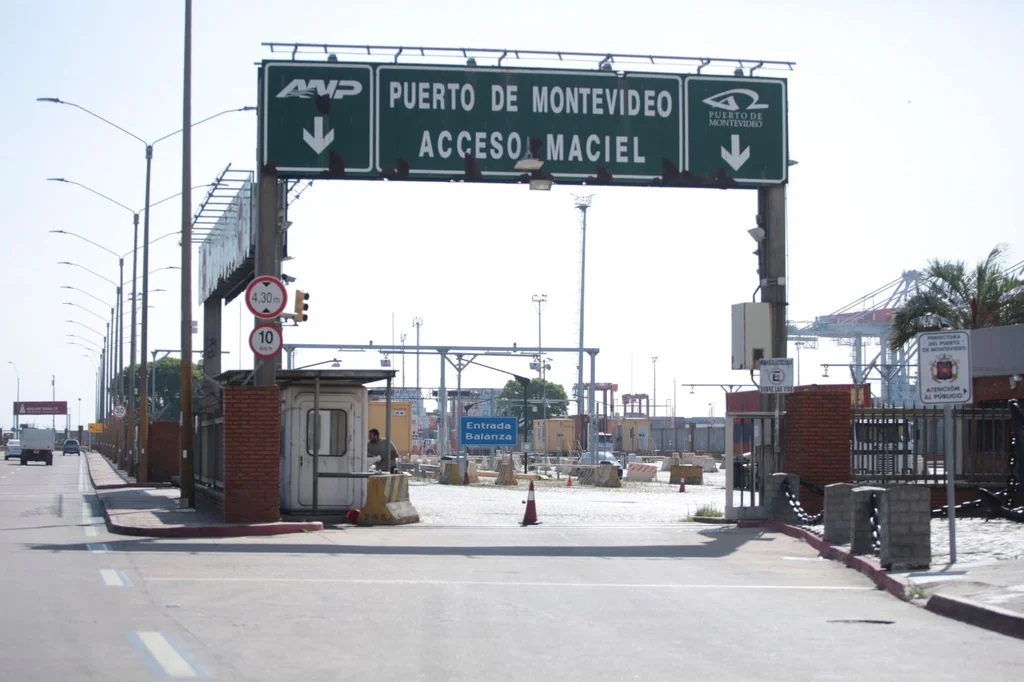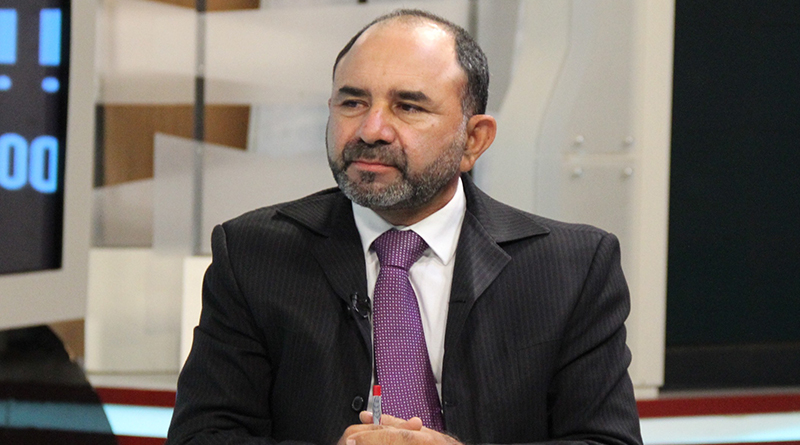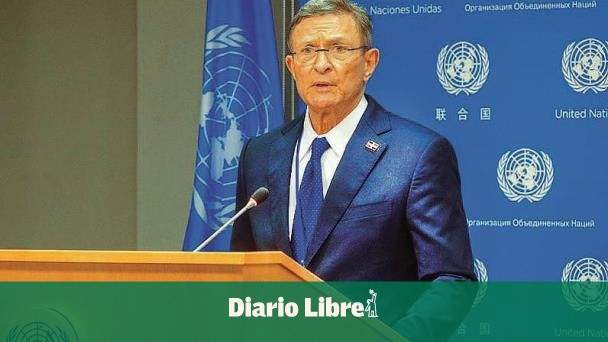The Argentine government defined how it will finance the works for the opening of the Magdalena Channel, with which it intends to gain port sovereignty. You will be able to offer better costs, reduce navigation times and take cargo that currently operates in the Montevideo port.
For years, Argentina has had the objective of promoting its port activity and to achieve this, it must have the Magdalena Canal operational.
Kirchnerism is the sector that has most insisted on promoting port sovereignty, with the Governor of the Province of Buenos Aires, Axel Kicillof, as one of the main promoters.
Precisely, the definition of how to finance the dredging works project arose after a meeting between Kiciloff and President Alberto Fernández. There the formula was established to move forward with the proposal. After the Argentine Congress approves the Budget Law, which includes the necessary funds to carry out the works, approximately US$291 million at the official exchange rate, a presidential decree will be issued to delegate the bidding process to the government of the Province of Buenos Aires.
Currently, the channel indian tip It is the only way to enter the ports of the Rio de la Plata and Parana. Therefore, all overseas ships transit through it. This channel directly connects Montevideo with the main navigation channel of the Río de la Plata.
A study of Argentine Political Economy Center (CEPA) listed several of the benefits that the Magdalena Canal would bring to Argentina if it were operational. The document stated that it will allow autonomy for the country’s foreign trade by enabling a route without external conditions to the exit to the sea.
He pointed out that the Magdalena Canal will reduce navigation times and therefore generate savings of between US$85 million and US$89 million per year. “The new navigation route will strengthen local economies and promote the entry of foreign currency into the country, as a result of the provision of services to ships that are currently provided from Uruguay”, maintained the CEPA.
The economic benefit of this potential transfer of ship services is estimated at US$154 million per year in an optimistic scenario and US$60 million in a more moderate one.
“A linear calculation is made, which takes into account the savings generated by the improvement in navigation and the income in dollars linked to the eventual acquisition of services for ships, the Magdalena Canal has the potential to generate benefits between US$ 145 million and US$ 243 million per year”, stated the document.
In June of this year, the Argentine Minister of Transport, Alexis Guerrera, had anticipated that President Fernández would sign a DNU (Decree of Necessity and Urgency) to enable financing. It was on this point that Fernández and Kicillof made progress in the meeting they recently held.
The intention to carry out the dredging works in the Magdalena Channel will give Argentina the opportunity to have a new maritime route further away from Montevideo and closer to the ports of Buenos Aires and La Plata. Obtaining better efficiency and shorter navigation times, the port of Buenos Aires would be strengthened and could take cargo away from Montevideo.
In addition, Uruguay should take charge of the maintenance of Punta Indio (currently on behalf of Argentina). To do so, you must submit a formal request to the Administrative Commission of the River Plate (CARP) and have the approval of the Argentine delegation. Without that go-ahead, you won’t have the ability to perform maintenance.

Diego Martinez
The decisions that include modifications in the Río de la Plata must necessarily go through the CARP. Uruguay accepted that Argentina begin dredging in Canal Magdalena in exchange for approval to deepen the access channel to the port of Montevideo. The intention was to take 14 meters deepbut at the time of presenting the request, 13 meters were requested, something that was accepted by the other delegation.
Months ago, the president of the National Administration of Ports (ANP), Juan Curbelo, had reported that work is already being done on the preparation of documentation to formalize the request for greater depth. That is the local objective to provide Montevideo with better competitive conditions compared to its regional competitors.
The vice-president of the National Administration of Ports (ANP), Daniel Loureiro, told The Observer that “each country is sovereign and makes the decisions that it deems appropriate.” He indicated that Uruguay defined a port policy so that the port of Montevideo is at the forefront.
“Decisions were made to increase investments in infrastructure projects that are needed to be on the crest of the wave,” he said. “The load flows and looks for the most favorable places to leave. It is precisely in these circumstances that you have to see where the true competition of the port of Montevideo is; that is not inside, but outsideLoureiro pointed out.
Port operators commented to The Observer that in light of the Argentine government’s decision to advance with the Magdalena Canal, the port of Montevideo must redouble its efforts to deepen the access channel. With the 14 meters and the specialized terminals for bulk (Obrinel), containers (TCP) and cellulose (UPM), it will be in a position to have a better position and be an alternative to provide logistics services for the transshipment of merchandise and provide added value for the regional load.
With information from El Cronista

















